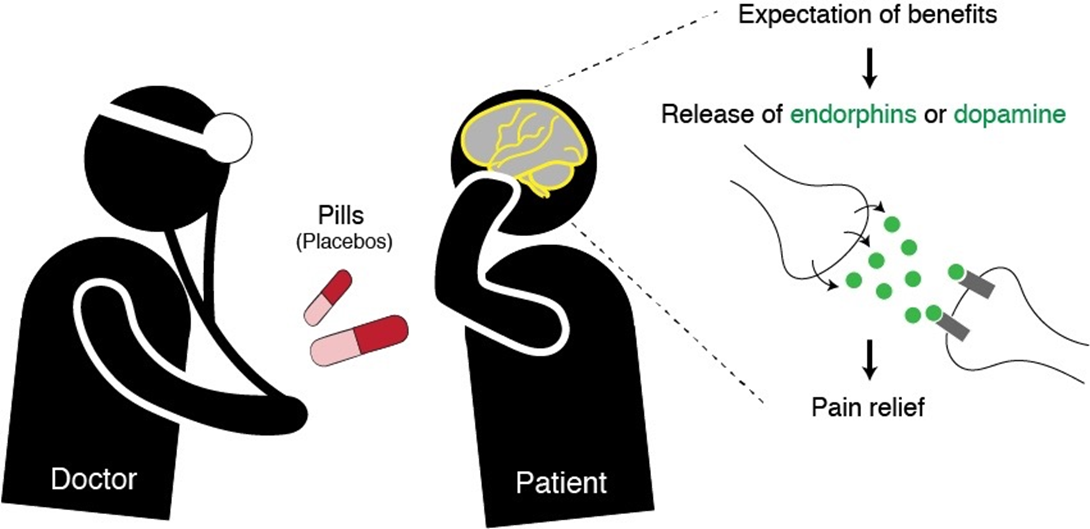An older adult male client arrives at the clinic reporting that his bladder always feels full. The client also reports a weak urine flow, frequent dribbling after voiding, and increasing nocturia with difficulty initiating the urine stream. Which action should the nurse implement?
Obtain a urine specimen for culture and sensitivity.
Instruct in effective techniques to cleanse the glans penis.
Palpate the client's suprapubic area for distention.
Advise the client to maintain a voiding diary for one week.
The Correct Answer is C
Choice A reason: While obtaining a urine specimen is important for diagnosing infection, it does not address the immediate discomfort and potential urinary retention the client may be experiencing.
Choice B reason: Cleansing the glans penis is part of good hygiene but does not address the client's symptoms of a full bladder and weak urine flow.
Choice C reason: Palpating for suprapubic distention can provide immediate information about bladder fullness and potential urinary retention, which may require prompt intervention.
Choice D reason: Maintaining a voiding diary is useful for tracking symptoms over time but does not provide an immediate assessment or intervention for the client's current symptoms.
Nursing Test Bank
Naxlex Comprehensive Predictor Exams
Related Questions
Correct Answer is B
Explanation
Choice A reason: Telling the charge nurse and refusing to administer the placebo could be seen as insubordination and does not address the ethical concerns associated with placebo use.
Choice B reason: Discussing ethical concerns with the healthcare provider is the most appropriate action as it addresses the potential breach of patient trust and informed consent associated with placebo use.
Choice C reason: Administering the placebo as prescribed without addressing the ethical implications could compromise the nurse's professional integrity and the patient's trust.
Choice D reason: Informing the client that a placebo was prescribed could undermine the treatment plan and the provider-patient relationship, potentially causing harm to the client.

Correct Answer is {"dropdown-group-1":"D","dropdown-group-2":"C"}
Explanation
Choice A Reason: Hypoglycemia refers to low blood sugar levels, typically below 70 mg/dL (3.9 mmol/L). The client’s fasting blood glucose level is 122 mg/dL (6.8 mmol/L), which is above the normal range, thus ruling out hypoglycemia.
Choice B Reason: Diabetes mellitus is diagnosed when the fasting blood glucose level is 126 mg/dL (7 mmol/L) or higher on two separate tests1. The client’s level is slightly below this threshold, suggesting that he does not currently have diabetes mellitus but is at risk.
Choice C Reason: Prediabetes is indicated by a fasting blood glucose level of 100 to 125 mg/dL (5.6 to 6.9 mmol/L)1. The client’s level falls within this range, indicating that he has higher than normal blood glucose levels but not high enough to be classified as diabetes, hence prediabetes.
Choice D Reason: Gestational diabetes occurs during pregnancy and is not applicable to this male client.
Option i Reason: Fatty liver disease is not directly indicated by the laboratory results provided and is typically associated with elevated liver enzymes and imaging findings.
Option ii Reason: Occupational factors are not directly related to the fasting blood glucose levels.
Option iii Reason: Lack of insulin production is a characteristic of type 1 diabetes, which is not indicated by the client’s fasting blood glucose level alone.
Option iv Reason: Impaired glucose tolerance is a condition where blood glucose levels are higher than normal but not high enough to be classified as diabetes. It is a characteristic of prediabetes and is indicated by the client’s fasting blood glucose level.
Whether you are a student looking to ace your exams or a practicing nurse seeking to enhance your expertise , our nursing education contents will empower you with the confidence and competence to make a difference in the lives of patients and become a respected leader in the healthcare field.
Visit Naxlex, invest in your future and unlock endless possibilities with our unparalleled nursing education contents today
Report Wrong Answer on the Current Question
Do you disagree with the answer? If yes, what is your expected answer? Explain.
Kindly be descriptive with the issue you are facing.
